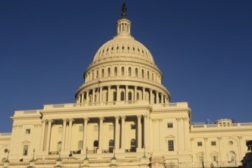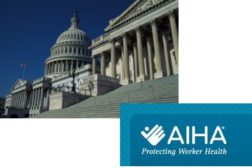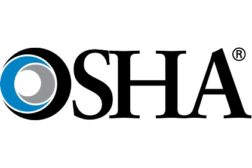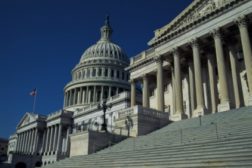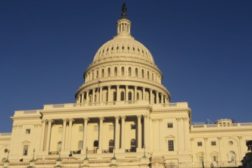Home » Keywords: » trippler
Items Tagged with 'trippler'
ARTICLES
What would Paul Ryan’s budget mean for OSHA?
Most positive outlook: a “flat-line” budget
March 15, 2013
OSHA is staring at a 5% budget cut – but how and where?
Automatic spending cuts to take effect March 1
February 18, 2013
Congress likely to delay action on fed agency budgets
AIHA's Trippler says that would be "good news" for OSHA, NIOSH
November 29, 2011
Get our new eMagazine delivered to your inbox every month.
Stay in the know on the latest safety trends.
SUBSCRIBE TODAYCopyright ©2024. All Rights Reserved BNP Media.
Design, CMS, Hosting & Web Development :: ePublishing
